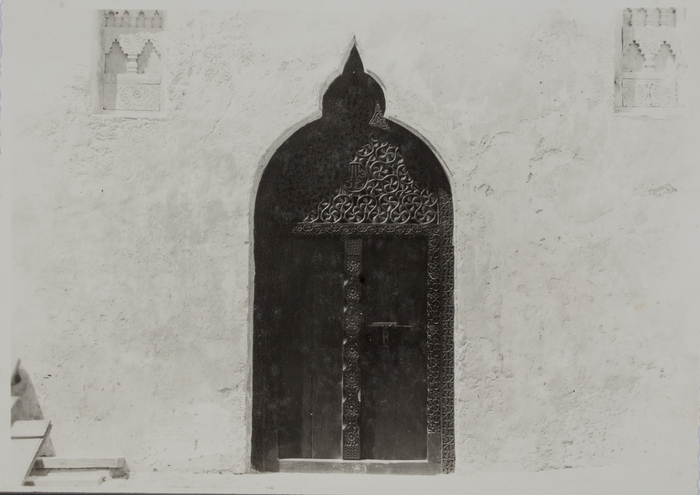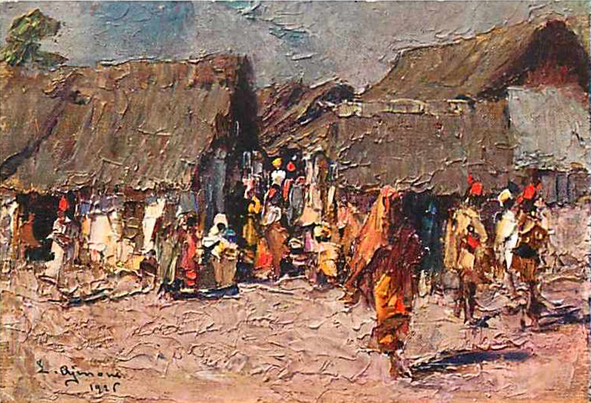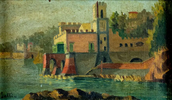I was just looking through some olde thread and I got curious about these aqal designs and the patterns on these houses. I dont think I've ever encountered these before. Did you find anything more on these @Idilinaa . And why does nobody crate aqals that look that nice anymore. All rhe ones ive seen in real life or in pics dont look anywhere near that nice.
There are 3 types of homes in pre-colonial Somalia.
Grouped into two camps: Vernacular which are houses constructed by non-professionals with readily available material with less cost and non-vernacular which are homes built by professionals and are more costly.
Carrishes: (Vernacular)
These were permanent houses constructed with wood and palm trees
Not really sure, how they looked in the interior, but i assume they were furnished similar to the stone houses they exist next to which i'll explain in a few. They were multi-room complex dwellings
View attachment 346287
View attachment 346288
Mundul (Vernacular)
These are round dwellings near river flood plains, in agricultural locations. Usually built with available materials near by like wattle and daub , unlike other areas there are no stone quarries near it. The two main stone quarries in the south are on the coast or near the Bur area(Mountains), flood plains and sand dunes separating the coast made it difficult to transport building blocks to that area.

Interior:
Unlike the Carrishes these weren't multi room complexed and had at most room for 2 with little furniture other than beds, agricultural implements and tools.

Dar: (Non-Vernacular)
These are stone houses, usually built out of limestone and sun dried bricks that are later whitewashed with coral lime that is burned, to give it the white smooth exterior. Unlike the wooden carrishes these buildings usually had flat roofs. They usually had wooden carved windows and doors with elaborate geometric motifs. Sometimes wooden balconies.
This is what the merchant class, and the rich upper classes lived in commercial towns/cities, because they required quarrying, expertise, transport and man power, direction, it required a bit of wealth to finance it's constructions.
(Zayla)

Somali laborers constructing stone house using traditional methods:
View attachment 346292
The exterior:
A representation of a Somali traditional carved window frame usually added to the stone walls:

Carved window frames from an old home in the coastal town of Xaabo



Doorways:
A representation of Somali traditional doorway with decorative carving.

Old carved door way in Bosaso

Carved doorways in rich villas/palaces/forts

Sultans Osmans Bargaal resident door

You can also see in some old ruined houses they had these wooden carved balconies:

Interior:
i wanted to add a picture of an empty interior of a normal 1 storey stone home that was posted by puntite.com but i can't find it anymore.
From pre-colonial description's i've seen they usually had mat couches, pillows and the floors covered in carpets kinda like what you seen in this picture. The interior walls looked similar to this as well, with open cupboards you can place stuff

Ruined interior design of one of the seasonal villas of Sultan Osman Mohamuud at the coastal town of Bargaal

It's kinda of a tragedy as some posters on here remarked, modern Somali homes really don't take inspiration from this.
Only some of the furniture (except for the wooden ones) is mostly similar with the carpets, mat couches, they pretty much abandoned the geometric motifs and the elaborate stone carvings and wooden decorations, an artistic style we pioneered in spreading to the Swahili coastal cities
These artistic carved expressions used to be proudly be displayed in Somali Museums:



Aqal
I don't really regard Aqal as a traditional Somali home, it's more like a make shift temporary camp. But it fits the vernacular style, infact it's more elaborate then the bedouin tents i see in North Africa and Middle East and is similar to the Yurt of Mongolia. Its constructed usually with wooden beams and poles covered with mats/carpets that are collapsible.
View attachment 346289
View attachment 346290
This is one of the pitfalls of modernization:

Wether there be walls of a building, doors, spoons, stools, bowls, chairs, woven matts , gold ornaments , leather products, and quranic lecterns was an embellishment of lines of consistent patterns and geometric designs
These geometric designs on walls and doors used to be a continued common place until late:





